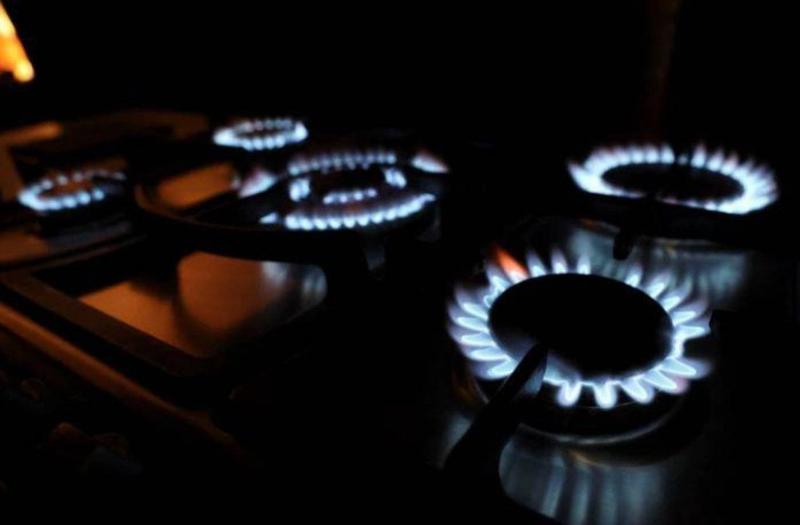A new study found that tens of thousands of childhood asthma cases are linked to exposure to gas and propane stove emissions. A research team in California and Boston measured levels of a specific air pollutant, nitrogen dioxide, in over 100 American kitchens while stoves were in operation, and then analyzed how the chemical pollutant spread to other rooms after the cooking appliances were turned off.
The team integrated their data with figures from the U.S. Energy Information Administration, detailing how often people used their stoves, which contributed to estimating annual exposure to the toxic gas. They found that gas and propane stoves increased annual exposure to nitrogen dioxide by 4 parts per billion, which contributes to approximately 50,000 childhood asthma cases.
The researchers wrote: "Short-term exposure to nitrogen dioxide from using a gas stove often exceeds the standards set by the World Health Organization and the U.S. Environmental Protection Agency." The annual limit set by the World Health Organization is 5.3 parts per billion for both indoor and outdoor exposure.
Dr. Rob Jackson, a co-author of the study and professor of Earth Sciences at Stanford University, stated: "We found that poorer individuals breathe more polluted outdoor air, and if they have a gas stove, they breathe pollution indoors as well. People living in public housing and low-income neighborhoods cannot switch their stoves because they either do not own them or cannot afford to replace them."
Previous studies have also shown an increased risk of asthma in children due to exposure to gas and propane stoves. A report released in 2022 indicated that these stoves increase the risk of asthma in children by 13%. Additionally, scientists from Purdue University and Indiana University found that cooking on a gas stove resulted in higher exposure to harmful nanoparticles compared to inhaling vehicle exhaust fumes.
However, research linking gas stoves to asthma has faced significant criticisms due to flawed methodologies and a lack of concrete evidence. It is noted that nitrogen dioxide is a pollutant composed of oxygen and nitrogen, which forms when fossil fuels like coal, oil, and methane gas are burned at high temperatures. According to the American Lung Association, nitrogen dioxide has been shown to increase inflammation in the airways, cause coughing and wheezing, reduce lung function, and trigger asthma attacks.




